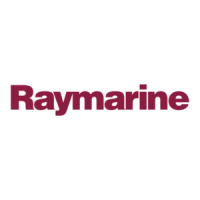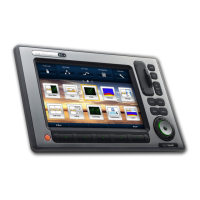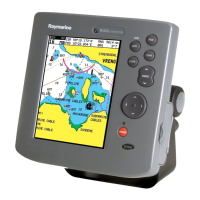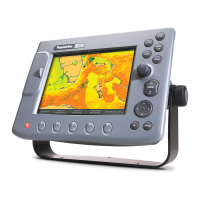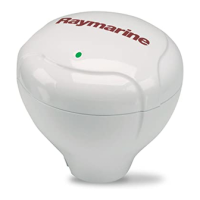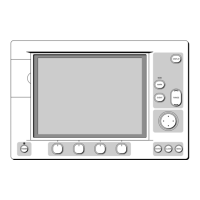Why is my Raymarine sonar data not available?
- MMelissa GarzaSep 13, 2025
If you're not getting sonar or DownVision data on your Raymarine system, there are a couple of things to check: 1. Unit power supply: Verify the unit's power supply and cables are working correctly. 2. Sonar settings: Make sure sonar is enabled. You can enable it from the Shortcuts page.
